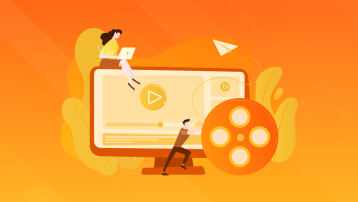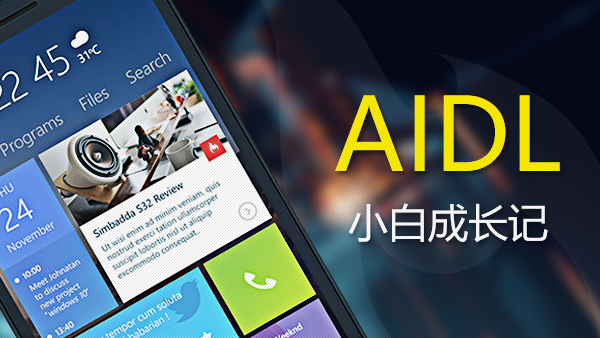本文主要记录自定义view时所要涉及到的位置坐标等知识点的总结。
本文主要记录自定义view时所要涉及到的位置坐标等知识点的总结。
测试机型:三星S4 GTI9508
屏幕参数:分辨率:1080*1920,尺寸: 5.0寸
参考我以前总结的文章:android view学习系列(一)基础知识
1、屏幕区域划分
一个手机的屏幕区域一般分为:状态栏、标题栏、view区域等部分。
各部分区域大小计算
1、 获取屏幕区域的宽和高
1
2
3
4
5
6
|
2、应用程序App区域宽高等尺寸获取 |
1
2
3
4
5
6
| Rect rect = new Rect()
getWindow().getDecorView().getWindowVisibleDisplayFrame(rect)
int appWidth = rect.width()
int appHeight = rect.height()
Log.d(TAG, "应用程序App区域宽: " + appWidth)
Log.d(TAG, "应用程序App区域高: " + appHeight) |
3、获取状态栏高度
1
2
3
4
| Rect rectTop = new Rect()
getWindow().getDecorView().getWindowVisibleDisplayFrame(rectTop)
int statusBarHeight = rectTop.top
Log.d(TAG, "获取状态栏高度: " + statusBarHeight)
|
4、View布局区域宽高等尺寸获取
1
2
3
4
5
6
| Rect rectView = new Rect()
getWindow().findViewById(Window.ID_ANDROID_CONTENT).getDrawingRect(rectView)
int viewWidth = rectView.width()
int viewHeight = rectView.height()
Log.d(TAG, "View布局区域宽: " + viewWidth)
Log.d(TAG, "View布局区域高: " + viewHeight) |
5、标题栏的高度
1
| Log.d(TAG,"标题栏的高度等于-> 应用程序App区域高 - View布局区域高: "+(appHeight-viewHeight)); |
建议:以上个参数的获取最好在onWindowFocusChanged ()方法里面获取。
2、View坐标体系
View的位置属性主要有它的四个定点来决定的,分别是top、left、right、bottom
对照此图我们可以得出此view的坐标为:
1
2
3
4
5
6
7
8
9
10
11
12
13
14
15
|
Left=getLeft()
Top=getTop()
Right=getRight()
Bottom=getBottom()
width=right-left
height=bottom-top
|
注意 :从android3.0以上,view增加了几个额外的参数:x、y、translationX、translationY。
1
2
3
4
5
6
7
8
9
10
11
12
|
x、y
translationX、translationY,默认为0
getX()=getLeft()+getTranslationX()
getY()=getTop()+getTranslationY()
view在平移过程中,getLeft()和getTop()代表原始左上角的位置信息,不会改变,此时改变的是getX()、getY()、getTranslationX()、getTranslationY()。
|
当我们触摸屏幕view区域时,会发生一系列事件MotionEvent,同时可以获得发生时的坐标信息,系统提供了两组方法:
1
2
3
4
5
6
7
8
9
10
11
12
|
getX()
getY()
getRawX()
getRawY()
|
验证
新建application工程、新建一个类:viewTest,创建布局如下代码所示:
1
2
3
4
5
6
7
8
9
10
11
12
13
14
| <?xml version="1.0" encoding="utf-8"?>
<RelativeLayout xmlns:android="http://schemas.android.com/apk/res/android"
xmlns:tools="http://schemas.android.com/tools"
android:layout_width="match_parent"
android:layout_height="match_parent"
tools:context="com.lljjcoder.viewdemo.MainActivity">
<com.lljjcoder.viewdemo.widget.ViewTest
android:layout_width="200dp"
android:layout_height="300dp"
android:layout_marginLeft="10dp"
android:layout_marginTop="10dp"
android:background="@color/colorPrimary" />
</RelativeLayout>
|
1
2
3
4
5
6
7
8
9
10
11
12
13
14
15
16
17
18
19
20
21
22
23
24
25
26
27
28
29
30
31
32
|
* 作者:liji on 2016/6/24 10:46
* 邮箱:lijiwork@sina.com
*/
public class ViewTest extends View {
private final String TAG = "自定义view"
public ViewTest(Context context) {
super(context)
}
@Override
protected void onDraw(Canvas canvas) {
super.onDraw(canvas)
int left = getLeft()
int top = getTop()
int right = getRight()
int bottom = getBottom()
Log.d(TAG, "left/top/right/bottom: " + left + "," + top + "," + right + "," + bottom)
int viewWidth = getWidth()
int viewHeight = getHeight()
Log.d(TAG, "view width=(right-left): " + (right - left))
Log.d(TAG, "view width=(getWidth()): " + viewWidth)
Log.d(TAG, "view height=(bottom-top): " + (bottom - top))
Log.d(TAG, "view height=(getHeight()): " + (viewHeight))
}
|
由于我的手机分辨率是1080*1920,物理尺寸是5.0寸,所以算下来的ppi为480PPI,所以是基准160PPI的3倍关系,从结果也能看出来,我们在xml布局文件中设定的:
1
2
3
4
5
6
| <com.lljjcoder.viewdemo.widget.ViewTest
android:layout_width="200dp"
android:layout_height="300dp"
android:layout_marginLeft="10dp"
android:layout_marginTop="10dp"
android:background="@color/colorPrimary" />
|
距离左边10dp,距离上面是10dp,我们打印出来的是30px,所以是正确的。同时宽设定为200dp,也就是600px,所以
1
| left/top/right/bottom,依次是:30,30,630,930
|
非常正确!
原文链接:http://www.apkbus.com/blog-705730-61056.html
打开App,阅读手记

 随时随地看视频
随时随地看视频




